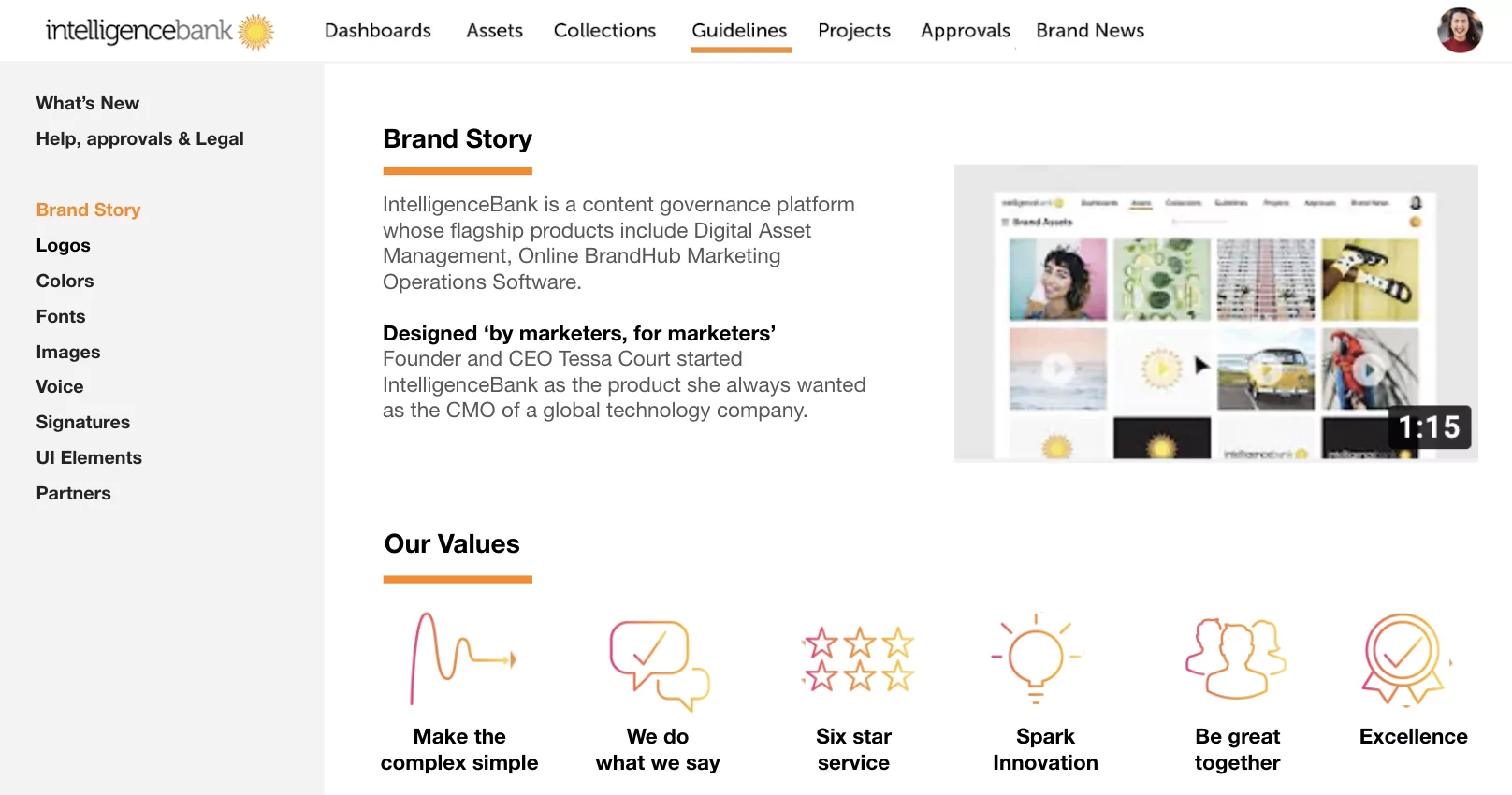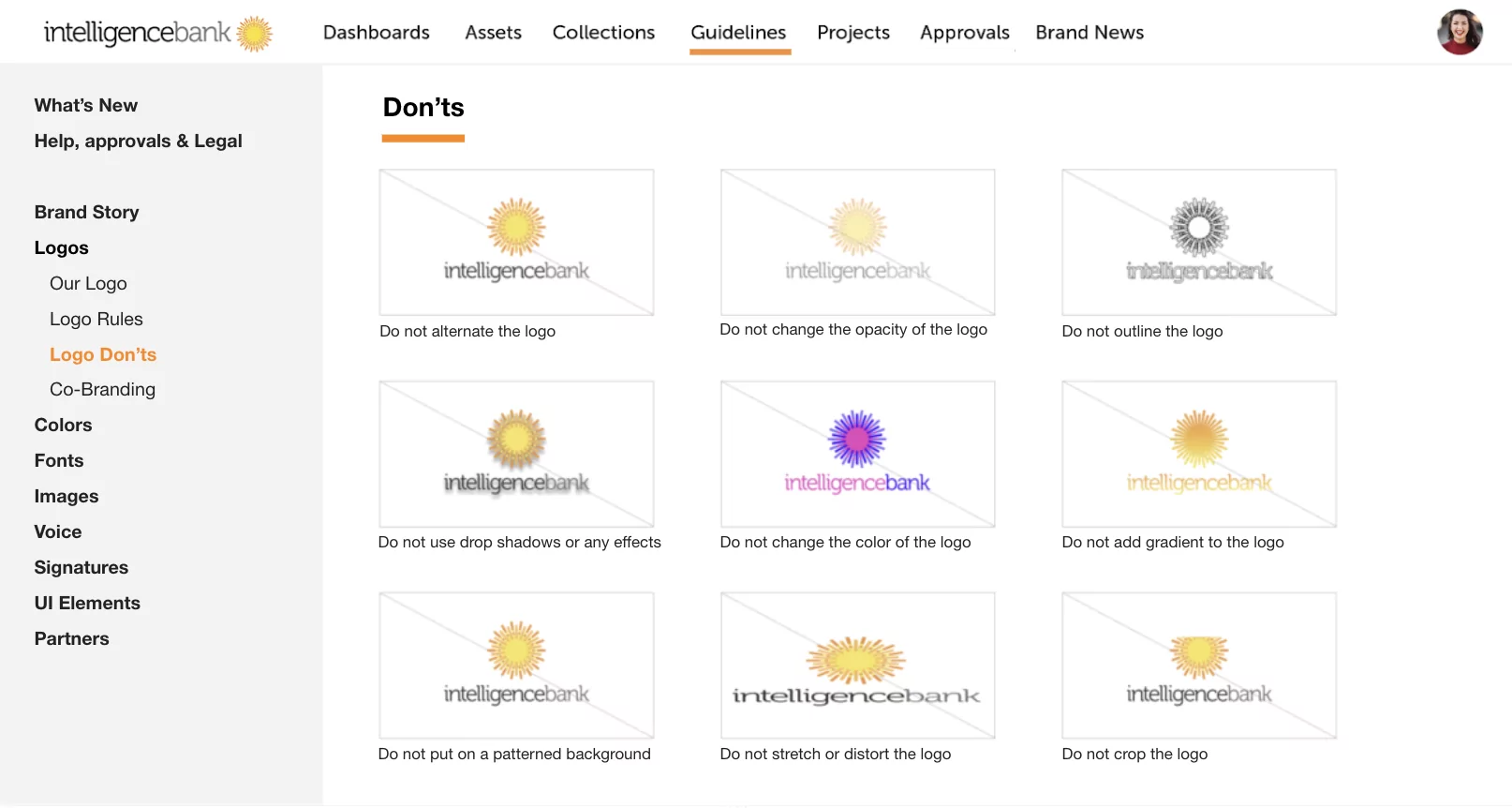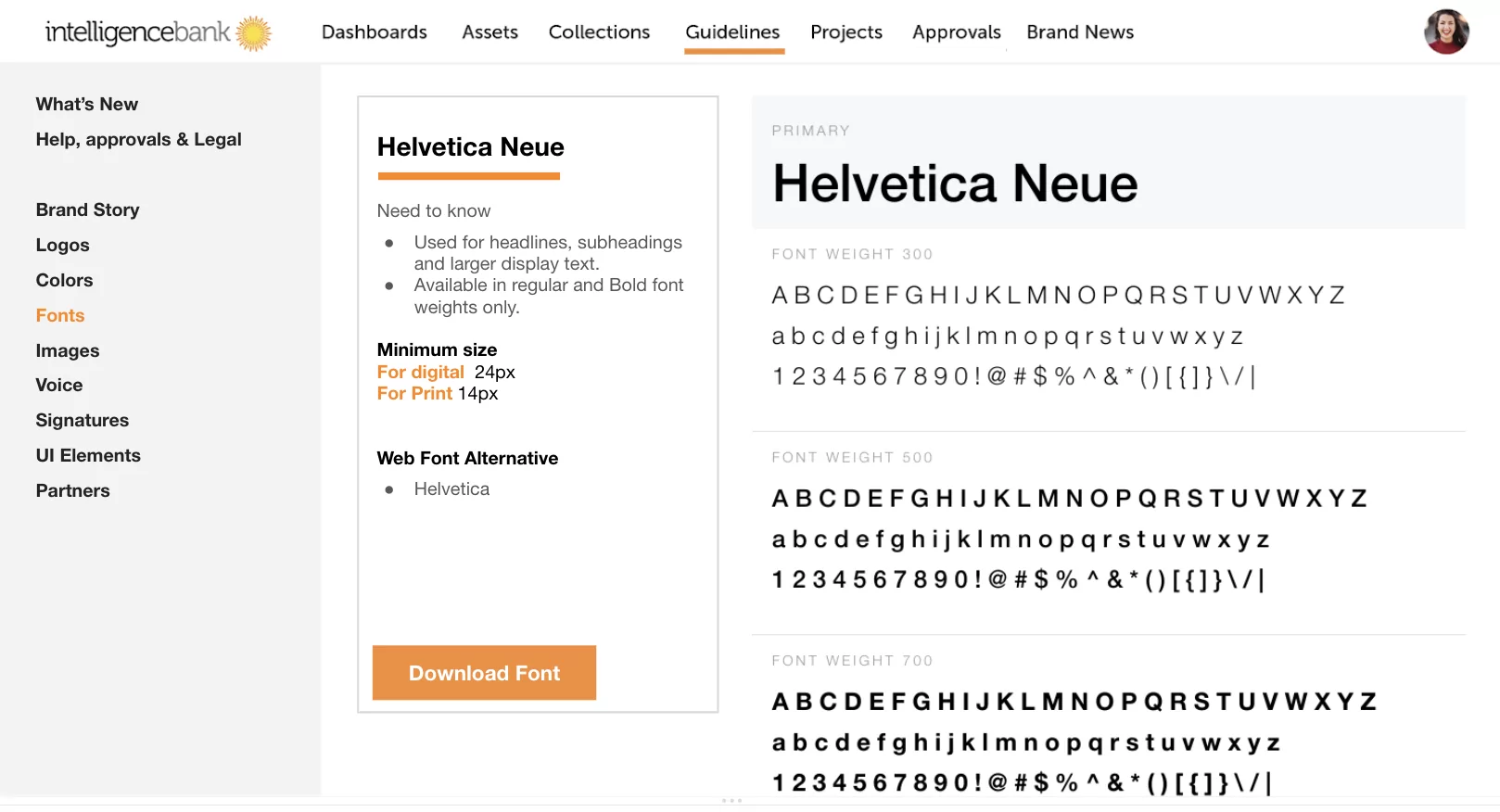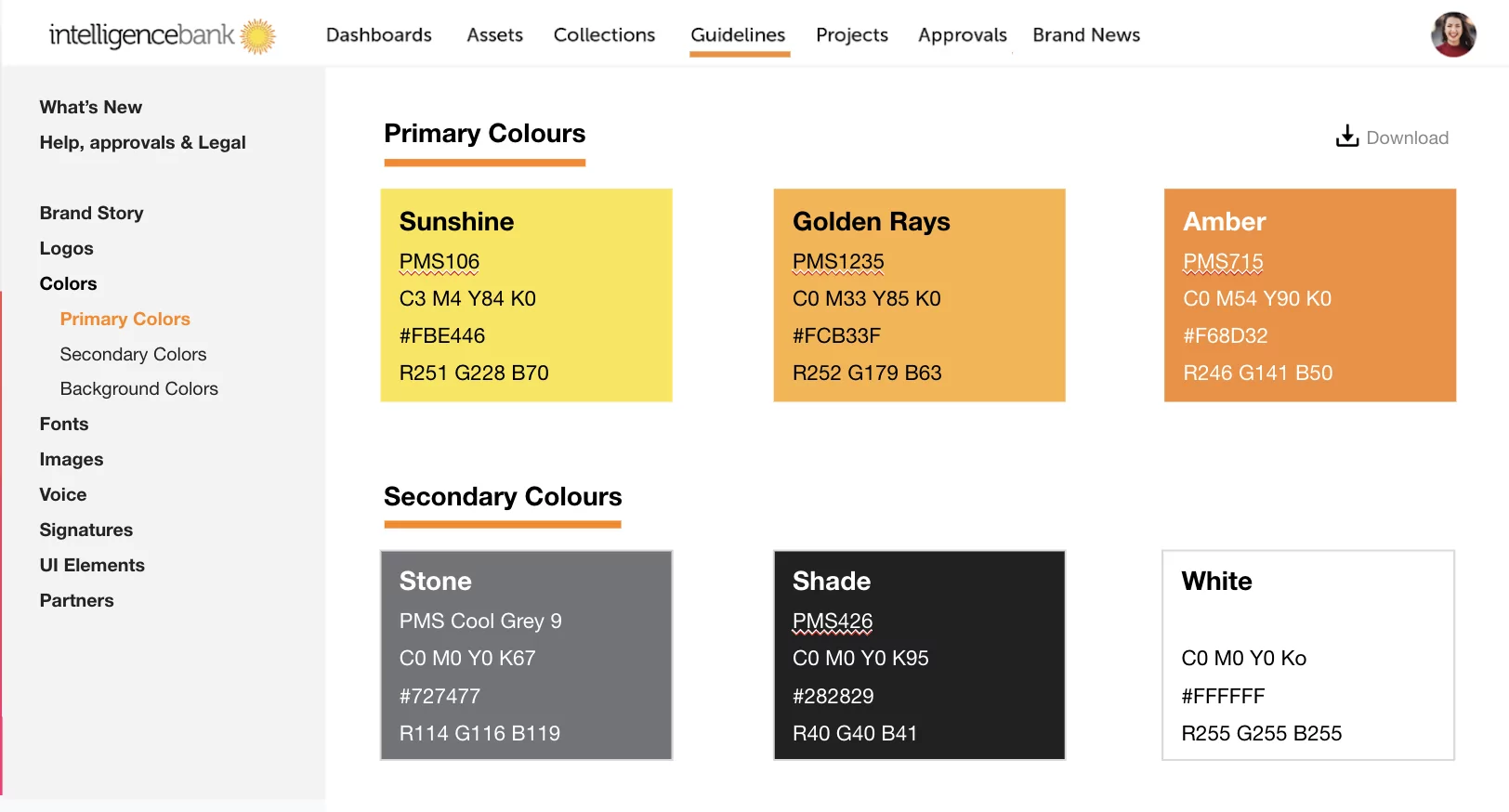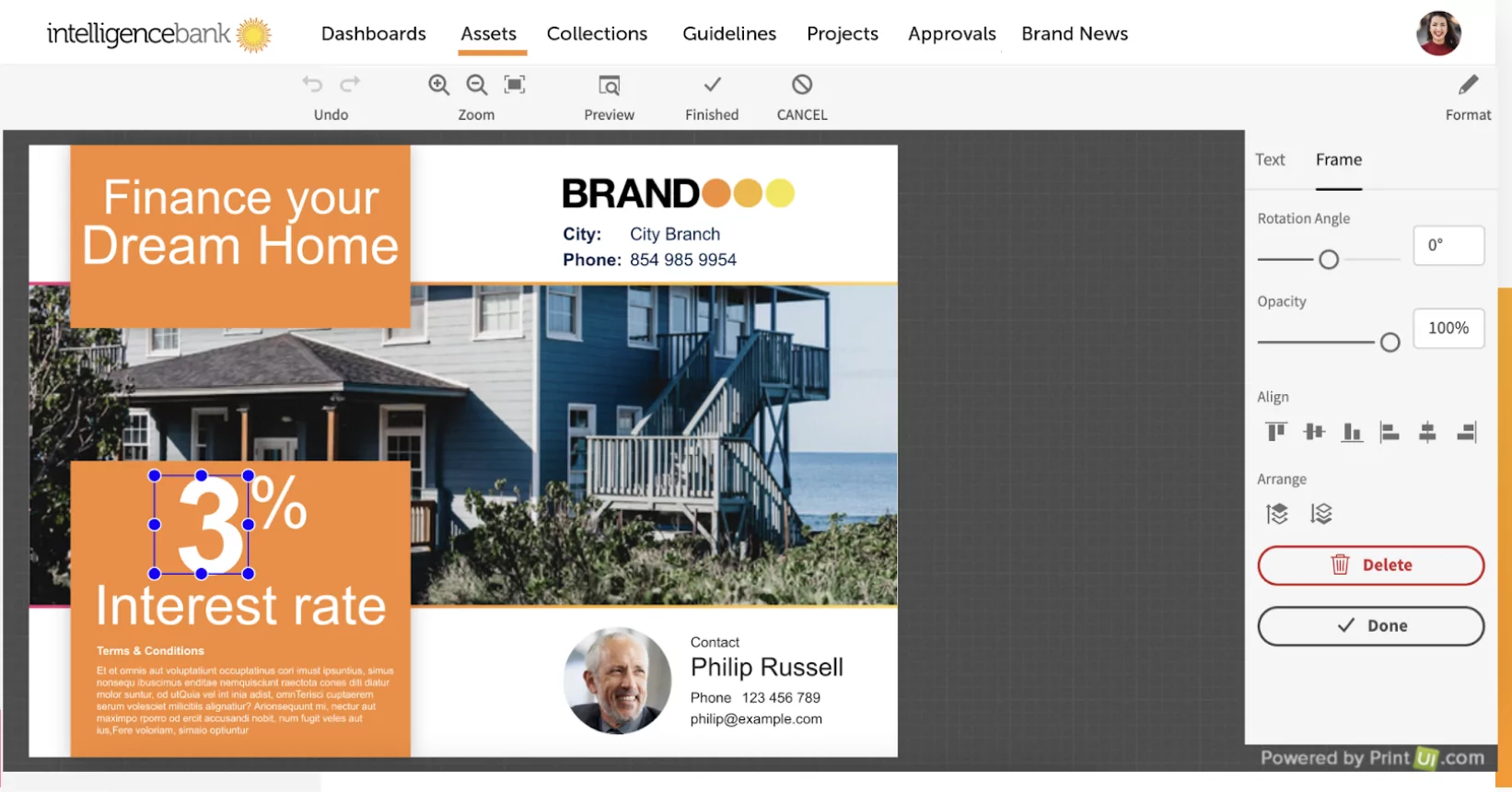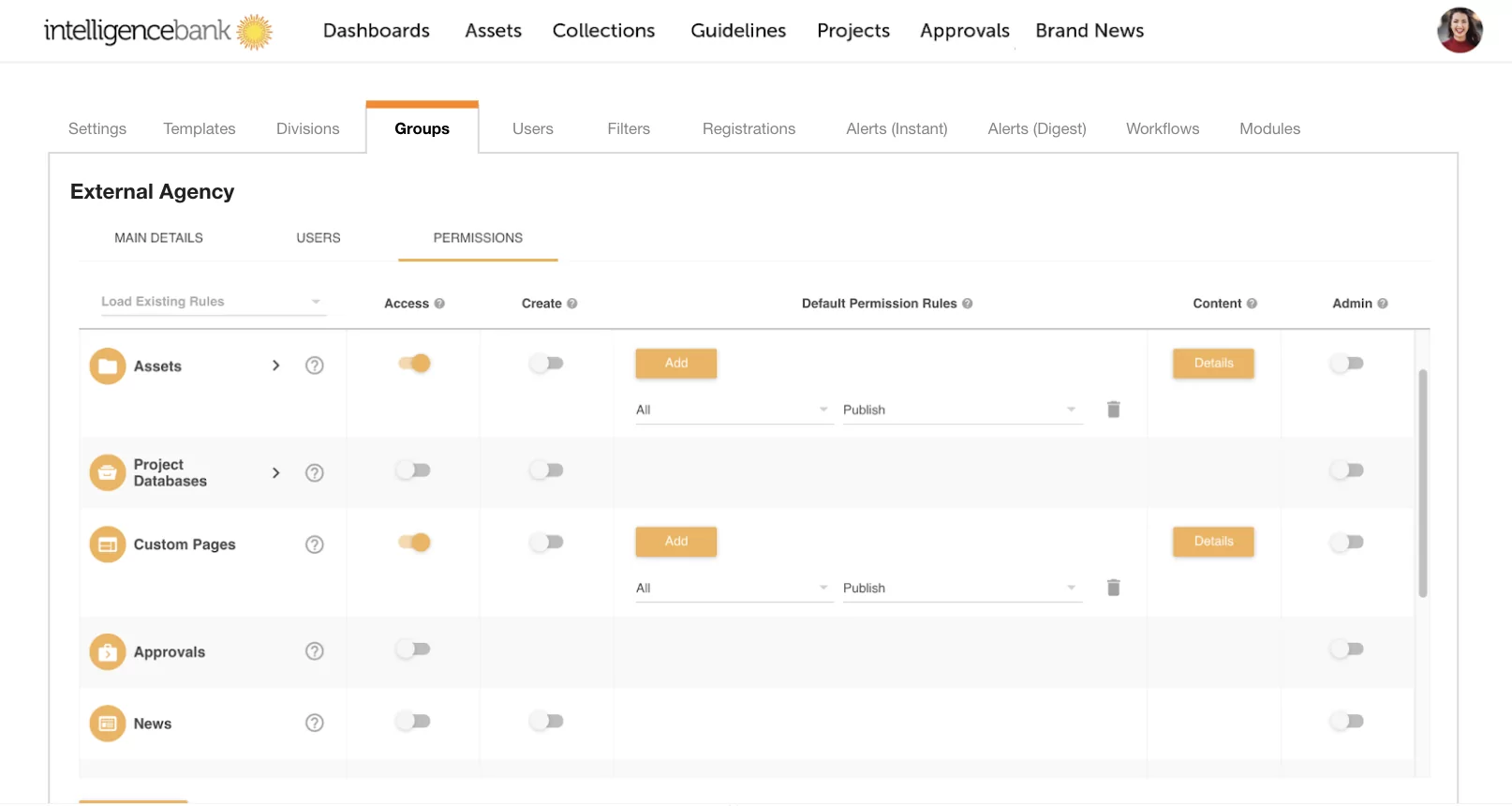Wherever you look, brand design is simpler, and logos are becoming more basic with fewer lines, detail, and personality. Ben Schott, the advertising columnist from Bloomberg produced a cracking video that explains it all, about the state of logo design and why companies are de-branding everywhere.
While the fashion houses are the first and most obvious to be conforming, with their ‘little black logos’ by eliminating their serif fonts – they are all now minimalistic and aligned – the ‘cool club’ of logo design rules have been set!
Yves Saint Laurent started it – by defining and setting criteria for what makes fashion special; ‘the label’ is now a ‘container.

Debranding is a megatrend that’s happening everywhere, even with tech brands that are relatively new. The best-known tech brand simplifications are Google and AT&T.


What is the logic behind logo simplification, and why are brands dialing back on designs for a more minimalistic logo?
Put simply, established brands are stripping their logos of excessive details to add more weight to the brand promise.
The top 4 reasons brands are debranding and simplifying their logos.
1. Digitized Branding – logos need to look great as an app icon and look on phones. Logos have to live on smaller and darker screens so wiping detail away is good for digital branding
2. Everyone’s Doing It – the first thing so many CMOs want you to do when they land at a new company is to rebrand. Sometimes this is a good thing if customers can still easily recognize the brand. Otherwise, sales will fall. Rebranding is an expensive exercise
3. Professionalize – when companies start they don’t have millions to spend on branding and often the first logo of any company evolves to look more professional as they grow up
4. Modernize – smoothing out wrinkles and details in logos can modernize older brands. It can make analog brands look digital overnight. This is a favorite tactic by B2B brands.
While some brand simplifications are elegant and instantly exude the original brand like the McDonald’s logo…

Others have gone so far down the simplification path that all original brand equity is lost – for better or worse. Think Instagram…
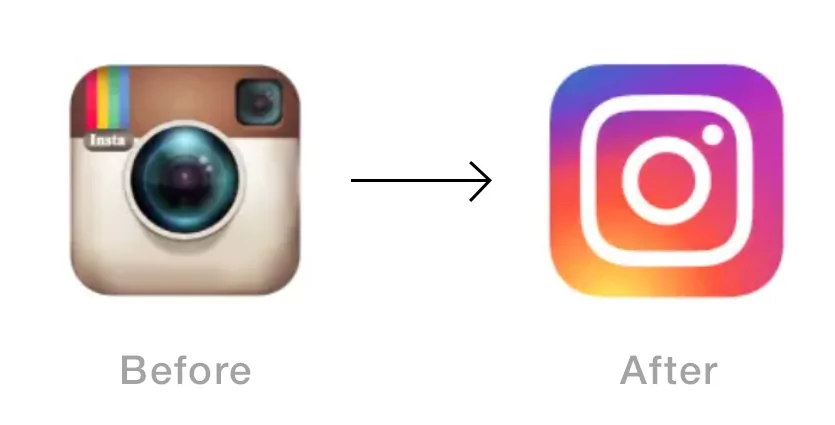
How to communicate a rebrand or brand simplification
When rebranding, it’s not just about changing the logo but rather explaining the change and making new materials accessible everywhere. There is no doubt that proper accessibility and understanding on a re-brand strategy is the key to its success. Re-branding is risky – it’s playing with the very core of WHO and WHAT a brand is at its most primary level.
No surprise companies pay high prices to do it right. In 2006 Mastercard spent $1.5 million for just the new logo design, which was part of a wider near-$10 million rebranding strategy.
Any change to an established brand that isn’t comprehended properly by internal teams and external teams puts that brand at risk.
Having a ‘safe’ home for your brand makes all the difference.
1. Online Brand Portal which can be public or private (accessible with SSO) can provide a single place to educate your team on your brand – the rationale for the rebrand, what’s new and why:
2. Showcase digital style guides that inform and inspire:
3. From the brand portal you can easily download color swatches, fonts, code snippets, and also digital brand assets such as logo packs, approved brand assets, icons, and illustrations:
4. You can also link logos and other approved assets to create templates to automate branded content at scale:
5. Using shareable collections, you can easily share new logos to third parties in one click:
Brands are living things. Logos are just like another piece of design work; they follow trends, and are just as susceptible to swing in and out of what’s ‘trending’.
If you have a brand and a business that is beyond just a ‘trend’ and you have a logo that carries meaning – protect it!
Having an online BrandHub or Brand Portal to instantly communicate and share brand changes is so critical for marketing departments everywhere.
Learn More about how DAM, BrandHub, and MOPs can help your brand equity survive and thrive!



